Student Blog
What are OS/OT?

Hello Friends! ⟩
September 9, 2015, by Heather
Getting Involved What are OS/OT?
For my first blog post, I wanted to stick to the student ambassador tradition of telling my “how I found occupational therapy” story.
A long, long time ago, I graduated from UC San Diego with a degree in History, Art History, and a minor in Photography. I had ambitions to become a food photographer and to travel the world to photograph for publications like Bon Appetit. While I endeavored to fulfill this dream, my grandmother suffered from a stroke at home in Santa Barbara.
At the time, I had always liked being in the position of helping others, but this became especially apparent while caring for my Grandma throughout her recovery. In my case it took a crisis to realize an untapped skill that I had. When I first began helping my Grandma, she was receiving inpatient therapy at a rehabilitation hospital. I observed her treatments with several health care professionals, but was most impressed by the work of the occupational therapist. This was my first introduction to occupational therapy. My Grandma’s occupational therapist spent multiple sessions with her every day, helping her regain independence in activities of daily living and remediating her motor control deficits. As I watched the occupational therapist work with her, I learned that the basic tenet of her rehabilitation stemmed from the idea that all activity should be purposeful in her recovery.
I wanted to get involved.
Then, one morning, the occupational therapist asked, “Would you like to do an exercise with your Grandma?” I had been waiting for that question since the moment I arrived. She showed me activities that were tailored to my Grandma’s current cognitive level, which were modified weekly to reflect her improvement. I was overjoyed to be an active participant in my Grandma’s recovery. I was amazed at how her occupational therapist was affecting her recovery in incremental ways, and doing something monumentally important.
Occupational therapy slowly but surely transformed my Grandma. Her sense of self-worth improved and she was able to appreciate a quality of life that seemed lost after the stroke. Active participation in my Grandma’s recovery inspired me to discover more about occupational therapy. I volunteered at a pediatric clinic, Ready Set GO Therapy, and at Laguna Honda Hospital and Rehabilitation Center in San Francisco. I enjoyed my experiences in both clinics tremendously because they offered different insights into the array of care-styles that occupational therapists provide. But most importantly, they both gave me the ability to be a component in the rehabilitation of a patient.
At the pediatric clinic, I gained a better understanding of pediatric occupational therapy, with its focus on sensory integration, motor skills, and rehabilitation that facilitates confidence and healthy development. Whereas, at Laguna Honda Hospital, I was exposed to occupational therapists that treated patients with the effects of stroke, spinal cord injury, traumatic brain injury, and other major traumas. Here, I assisted the occupational therapists with patients with an extraordinary variety of social needs, including homeless people. I learned the importance of comprehensive care and the focus on full community integration. It was unlike any other opportunity I’ve had before because I was able to connect with a forgotten sector of society. Most importantly, my experience taught me, like my experience with helping my Grandma, that empathy, compassion, and sensitivity are necessary characteristics for an occupational therapist to possess.
I have truly united my vocation with my avocation, and I am so thrilled to be on the road to becoming an OT! ☺
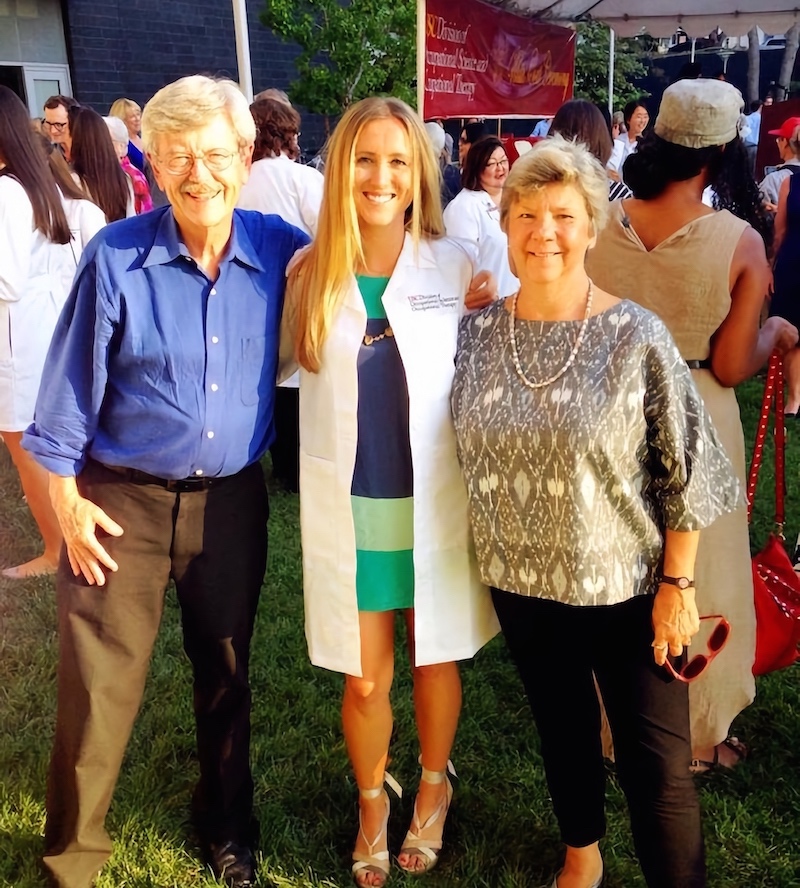
Heather at White Coat Ceremony
⋯

New Beginnings ⟩
September 7, 2015, by Samar
Beginnings and Endings What are OS/OT?
Hello everyone!
Since my last post, I graduated from the post professional master’s program and I’ve become a licensed and registered therapist in the US! Now, I am enrolled in the Occupational Therapy Doctorate (OTD) program and I’m doing my clinical residency at Therapy West to learn more about Sensory Integration and working with children in both clinic-based and school-based settings. Words can’t describe how excited and happy I am! I have been planning to come to USC since 2012 when I took the Sensory Integration Perspective Course offered by the USC Occupational Science and Occupational Therapy and Western Psychological Services. As I was located in Saudi Arabia at the time, moving to Los Angeles and getting accepted at USC required some logistical and financial planning on my part. However, I feel that it was totally worth it! I’m doing what I love, learning something new every day and I’m one step closer to achieving my goal of being certified in sensory integration. More than that, I feel like am at the right place to do so at USC. Stay tuned for more updates!
⋯
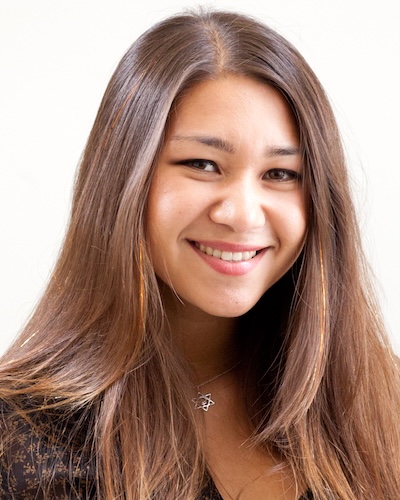
Hello Lovely Readers! ⟩
August 27, 2015, by Ariel
What are OS/OT?
Hello Lovely Readers!
For my first post, I’ve decided to mirror the student ambassadors of years past by telling you the tale of how I first fell in love with occupational therapy . . . .
Once upon a time . . .
I was a sophomore in college majoring in Comparative Studies in Race and Ethnicity (an interdisciplinary mix of psychology, sociology, anthropology, and history), and minoring in Drama. Despite this eclectic mix, somehow I wasn’t too concerned about what profession I would ultimately pursue; I figured if I took classes I was passionate about, they would lead to a major I was passionate about, which would eventually lead to a job I was passionate about. Then, in junior year, all my peers started siphoning off into various career tracks — tech, business, law, medicine, education . . . I knew I needed to do some major self-reflection and research to figure out which path I would take.
First, I thought about what I wanted out of my work: I knew I wanted to be in a helping role, create meaningful relationships, and that I wanted to wake up every morning (even 30+ years down the line) and still be energized by the path I had chosen. Second, I knew I wanted to have a flexible career — one that was dynamic in nature and broad enough that I could continuously be learning and expanding upon my knowledge. And third, I wanted to work in a profession that relied on kinesthetic experience (read: no cubicles!), and that would allow me to flex my creativity.
For a long time, I was unsure of how to proceed; even after hours of research (thanks Google!), it seemed that no profession existed that fulfilled all of my ideals in the way I had hoped. Then, during the last week of my senior year, I had a chance encounter with an acquaintance from my freshman dorm. She told me that she was going to graduate school for this profession called “occupational therapy,” and that if I wanted to help people I “should really check it out.” I had no idea at the time, but her offhanded comment would prove to be quite serendipitous. I headed back to Google, and searched for anything and everything related to occupational therapy. That’s when I fell down the rabbit hole . . . and I’ve just kept falling ever since.
Initially, it was the theory behind occupational therapy that was compelling: I was inspired by OT’s consideration of the multidimensional nature of the human experience. But it was in the clinic setting where I truly fell in love with the field.
My first hands-on experience with OT was at a pediatric occupational therapy clinic in San Francisco that helps children gain the strength and functional ability to overcome developmental challenges. Early on, I assisted a therapist in treating a boy with severe sensory processing disorder. At first, he was terrified to navigate the obstacle course, ride the zip-line, or even play with the toys. Over the course of several months, the OT and I graded his activities to address his sensory disorganization (a few terms you’ll learn in OT school!). His progress was astonishing. In time, the same boy whose frantic screams had once echoed down the hallways was beaming with confidence, showing off his fearless zip-lining skills. I could barely believe this was the petrified boy I had once met. I was thrilled to have taken part in his extraordinary transformation, and it was then that I knew for certain I would pursue occupational therapy.
Occupational therapy gives its recipients a new opportunity to really live. It was in my hands-on experiences where I concluded that the most serious adversities afford the most potent opportunities for growth. Furthermore, these experiences revealed to me that it is in grappling with our greatest physical and emotional challenges that we discover not only our limitations but — more importantly — our innate resilience.
Here at USC’s number one ranked program in Occupational Science and Occupational Therapy, I’ve been offered so many different opportunities: I’ve been given the opportunity to teach children new skills, mentor adults and adolescents in attaining life goals, help brain injured patients maintain independence, explore research that advances evidence-based practice, and learn the ins and outs of creating community programs. Above all, USC’s occupational therapy program is preparing me to reach my overarching goal: emboldening patients to discover within themselves the perennial strength of the human spirit.
Welcome to my blog, and FIGHT ON!!!
⋯
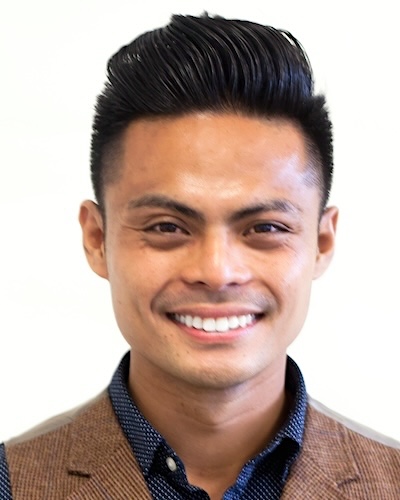
AOTA 2015 in Nashville! Yee-hawww! ⟩
May 11, 2015, by Jonathan
Getting Involved Videos What are OS/OT?
Howdy!
This post is about my recent trip to Nashville, Tennessee for this year’s AOTA conference! First off, I have to give a big thanks to the division for making this trip possible for me, as I was fortunately awarded a scholarship to attend the conference. This was a huge help, especially since I probably spent half of this amount on some bah-beh-cue dry ribs alone. Haha totally kidding, but jokes aside, having the opportunity to attend this year’s conference really brings my entire gradschool experience full circle. Exactly two years ago, I had the opportunity to attend the AOTA national conference right before I started the program, in which I volunteered. For any individuals who are hoping to gain a conference experience, I highly recommend volunteering, even if you are not yet a practitioner or a student! Typically if you volunteer, you get to attend the conference for free, as was the case for me two years ago. I remember going two years ago, just being admitted to the program, with excitement of what was to come. I remember running into Ricky and Rob, two former ambassadors, and little did I know that I’d be filling their shoes two years later. With that said, as Leila mentioned in a previous post, this year’s conference was the largest ever! It was a pleasure getting to attend several educational sessions, meeting other practitioners and fellow students, and just enjoying the OT pride that was definitely palpable in the atmosphere!
This year’s theme was “giving voice to the distinct value of occupational therapy.” Personally for me, this means being able to articulate, advocate, and express the unique skillset occupational therapists can provide to help all people, in utilizing occupation to help everyone we serve reach their fullest potential. Whether that’s helping a Grandfather who’s recovering from stroke gain the upper extremity strength to hold his baby granddaughter, helping a Mother who’s battling cancer find meaningful occupations while she receives treatment, helping a child with special needs gain the skillset they need to access their school curriculum, or helping a veteran with PTSD foster therapeutic relationships within the community through surfing, our value is diverse, essential, and most definitely distinct. This was actually one of my favorite things about the conference; the fact that I was able to attend several educational sessions and poster board presentations that demonstrated how occupational therapy is evolving on a daily basis, and just how occupational therapist are utilizing their unique skill sets to help people of all backgrounds. One of the practitioners I had met was formulating an occupation based program for refugees from other countries, who have a long history of oppression, abuse, or trauma. A fellow student I had met had implemented a creative arts and crafts program at a local women’s penitentiary, which I really identified with especially given my experiences at Project 180. Several relatively new professionals spoke about their transition from student to working clinician, and it was great to gain their insight about their challenges and their keys to success.
All in all, AOTA 2015 was an amazing experience that gave me greater insight about my profession, and where it is headed towards the future. Needless to say, It’s an exciting time to be in the profession and to see what my fellow colleagues have been working on to help our profession grow and evolve. In addition, Nashville was an amazing city as well and it was tons of fun checking out the city with my classmates and several new friends in our spare time. I can definitely say that I have never in my life heard so many country covers of ’90s hip and R&B songs. Here’s a video documenting some my AOTA 2015 experience.
Y’all take care now,
Jonathan
⋯
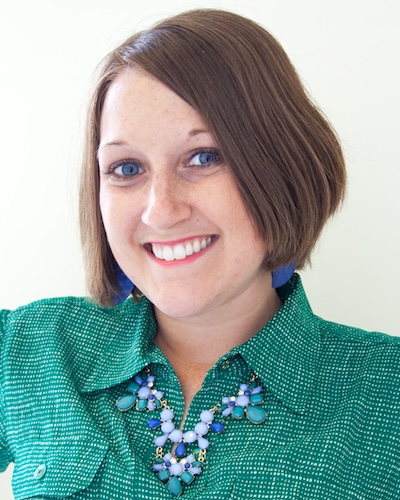
The Sky is the Limit! ⟩
April 17, 2015, by Kristy
Community Fieldwork Getting Involved What are OS/OT?
Recently, I had the opportunity to present at the Occupational Therapy Association of California Spring Symposium on time management strategies for adults with ADHD, specifically speaking to my development of an occupations-based group intervention. Not going to lie, I was a bit nervous speaking to a group of practicing occupational therapists about a program that I have worked so hard on for the last year. I was fearful for their opinion of it, their understanding of the material, and overall how the presentation would go. Even though I volunteered to present and share my work thus far, it is still a bit scary; but I’m here to tell you it went amazing! I couldn’t have asked for a better turn out or better experience for my first workshop! This really speaks to the Division’s capacity to prepare us not only as practitioners, but also has professional leaders and advocates for the field. In addition, attendees were so respectful and supportive of my ideas and my work. In which I could not have gotten to the point I am today without the support of the Division and the curriculum, and specifically Dr. Deborah Pitts who has served as my mentor for this project from the beginning. I’d like to share with you how this journey started and where we are headed in the future 😊
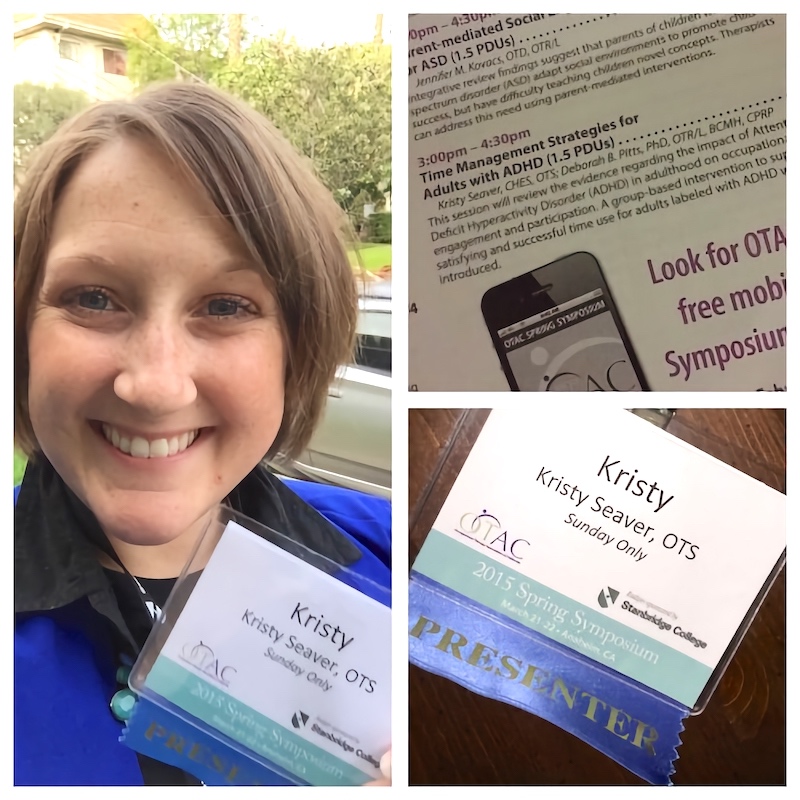
Me presenting at the OTAC Spring Symposium
Last May, I was about to begin my first Level II Fieldwork with Pacific Clinics, a community-based mental health center. My site preceptor shared with me that several of their members had a hard time managing their time and getting to appointments, these folks specifically also had a diagnosis of ADHD. I willingly took on the opportunity to see what was out there for these individuals. I then brought this to the attention of my faculty preceptor, and we began a literature review. From our searches, it came to our attention that there was limited interventions out there, specifically anything occupations-based. Therefore, we began the development of what turned into a group intervention, based in occupational perspectives, that facilitated organization and time use strategies for those with ADHD. As my fieldwork was coming to an end, Dr. Pitts suggested I continue the development and research on this intervention in my course, Occupation-Based Programs for the Community. Seeing the members success who experienced the intervention with me during my fieldwork, and acknowledging how much it resonated with them, served as motivation for me to continue on with the development. It reassured me that there was a need for this, and I needed to continue my pursuit. I spent the next 3-4 months doing lots and lots of background research on what interventions were out there, different evaluation tools, symptoms and occupational impairment for individuals with ADHD, and what solutions or data was helpful in facilitating occupational participation. By the end of the semester, I had a completely revised manual for the intervention, and boy was I excited! Then the question came again, what next? I still felt that there could be more. I could do more, I could make it better. I could use more evidence to support the intervention and process. Therefore, I enrolled in an Independent Study with Dr. Pitts, and I continued the revision of the facilitator manual and the participant manual. After another 2-3 months of work, I have finally shared my ideas with others and sought their feedback, not only at the Spring Symposium I recently spoke at, but also seeking critique from experts in the field. I anxiously await their responses and suggestions for the future with the intervention. At this point in time, I am not sure what is the next path to take for development. I know I am not ready to be done with it, I am hoping to seek publication on some level to be able to share with others. But who knows what the future will hold!
So why do I share this with you? I really want to encourage others that the sky is the limit! You can do anything you set your mind to! A year ago, I would have never thought I would be in the position I am in now, nor would I have told you I have such a passion for working with adults with ADHD. The reason I am where I am today is because of the Chan Division of Occupational Science and Occupational Therapy. The support of faculty, design of curriculum, and fieldwork experiences, have really impacted my future as a practitioner and as a leader in the field. They encourage you to push the envelope, don’t just settle for the minimum, go outside of the box and do something you didn’t think you could or even knew had it in you! Without USC OSOT, I wouldn’t be where I am today, and for that I am eternally grateful.
So I welcome you to the Trojan Family! You picked a good one to be a part of! Fight on!
⋯





